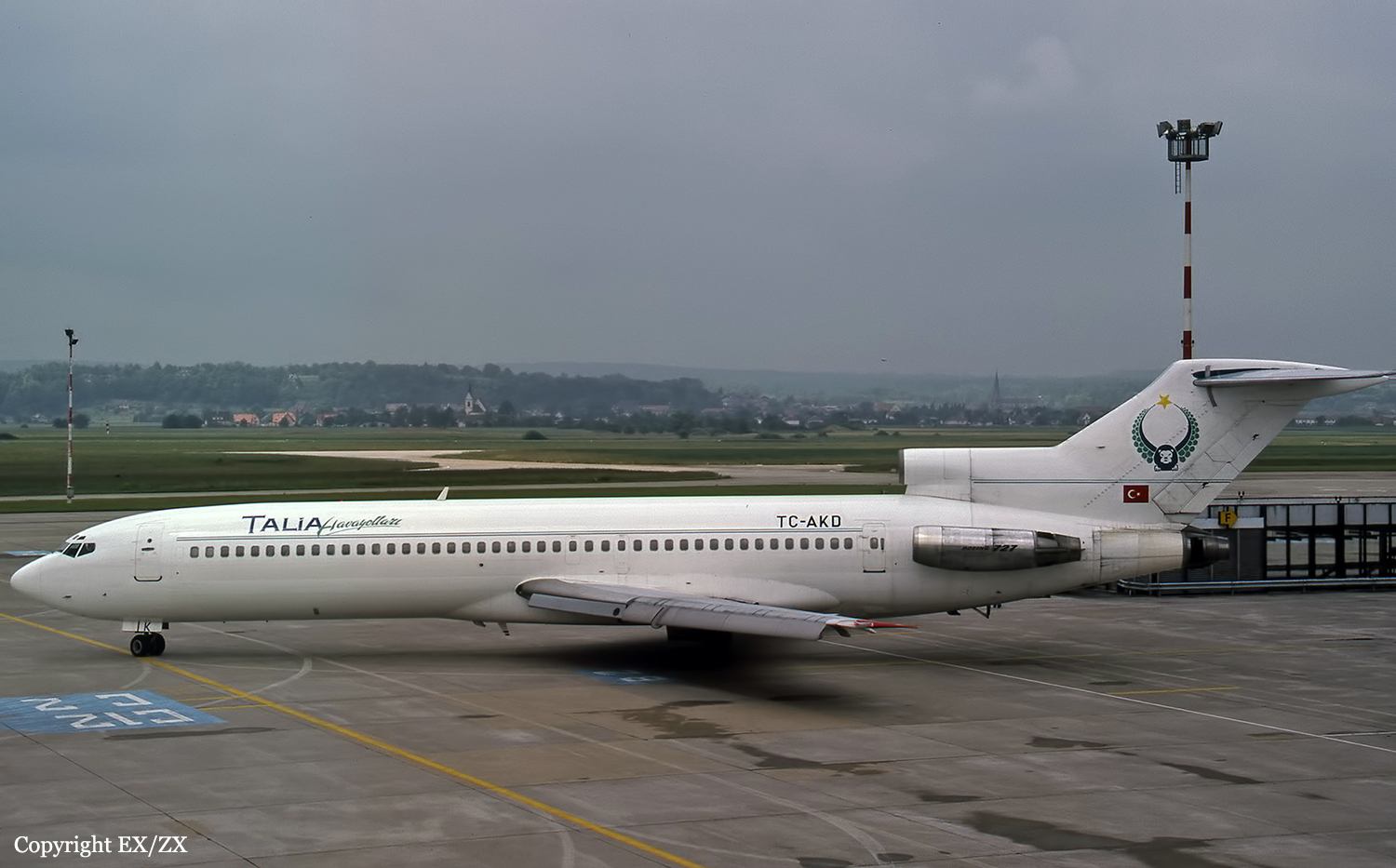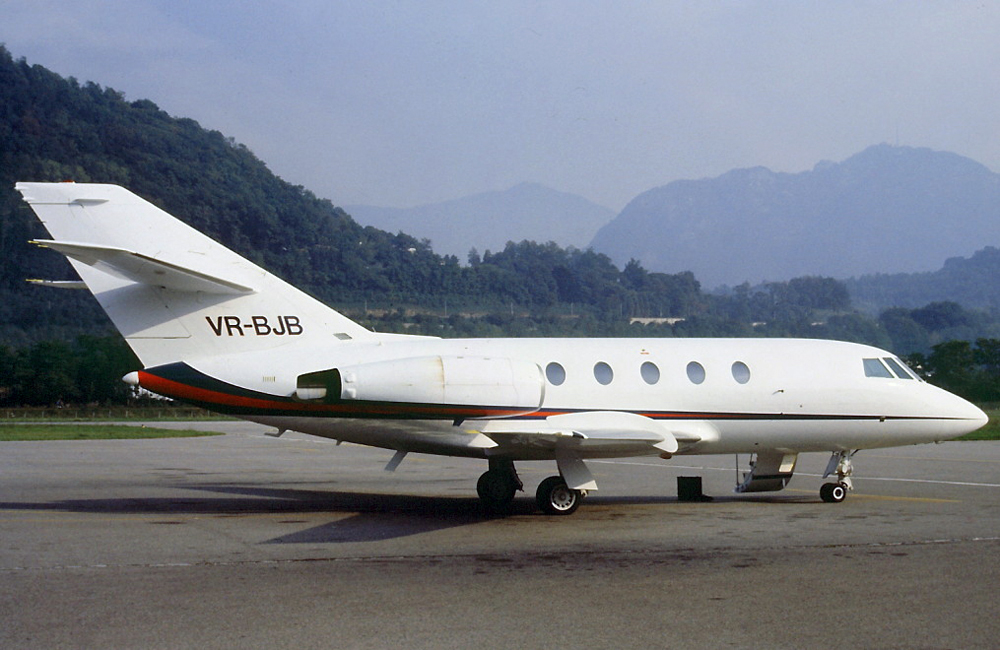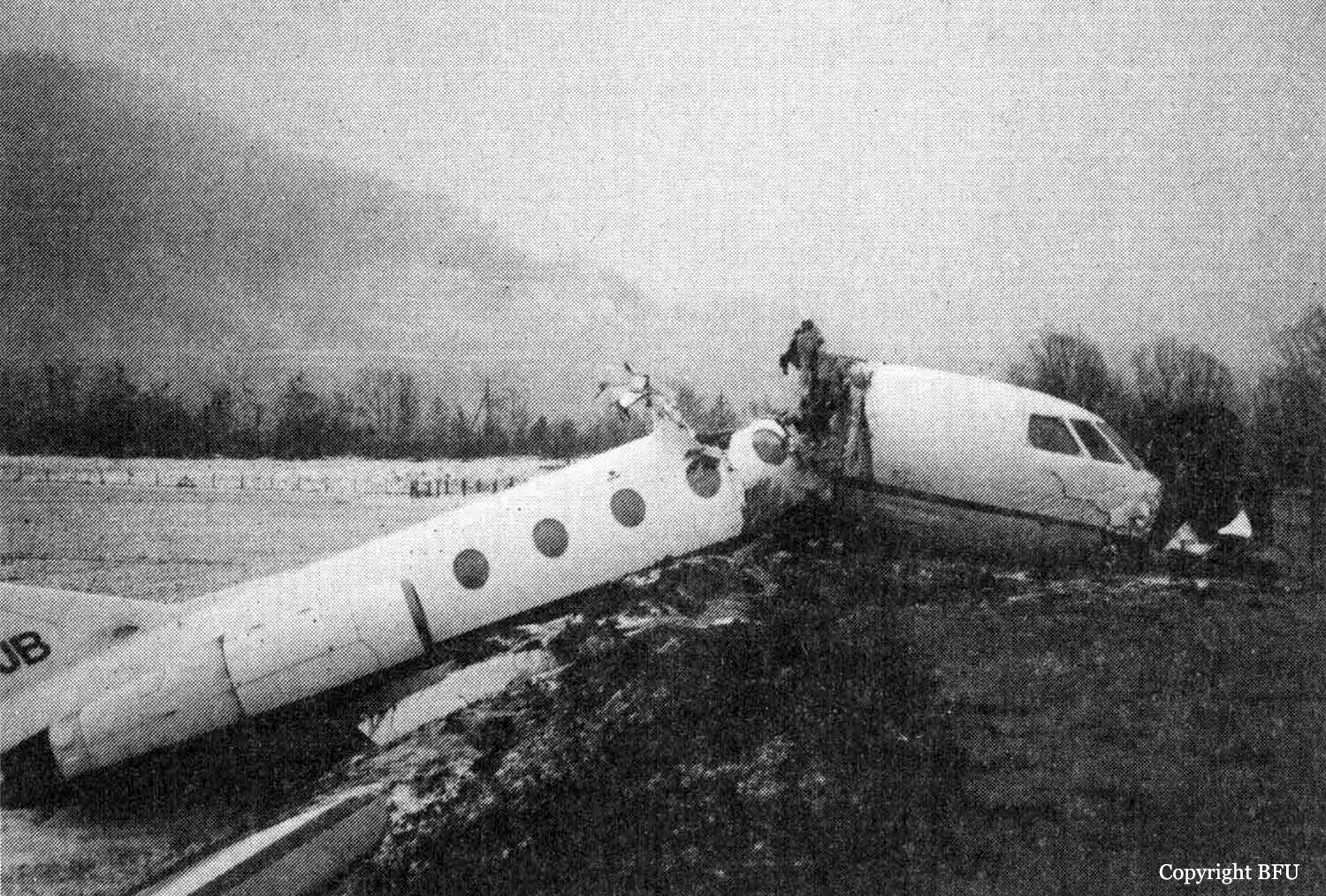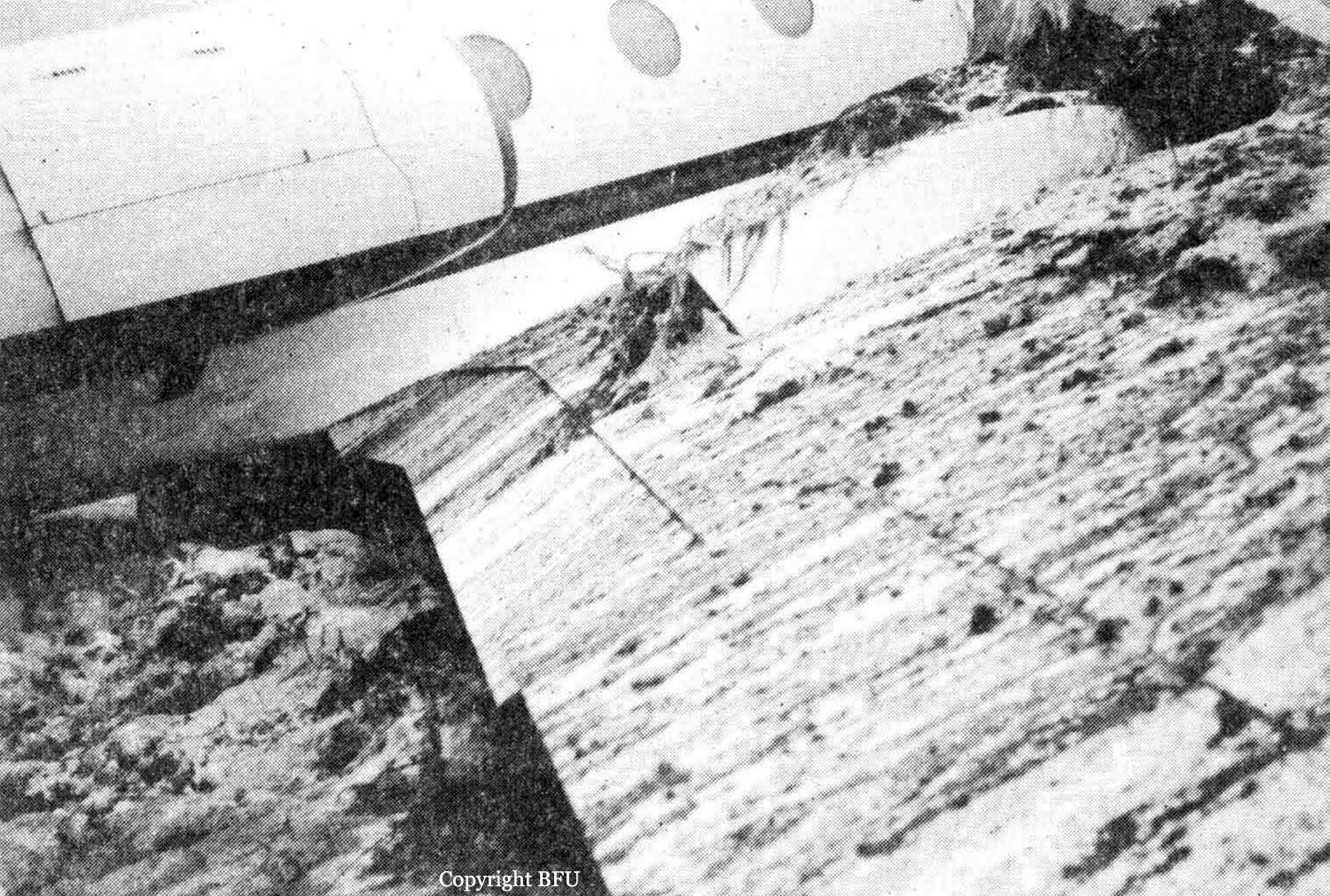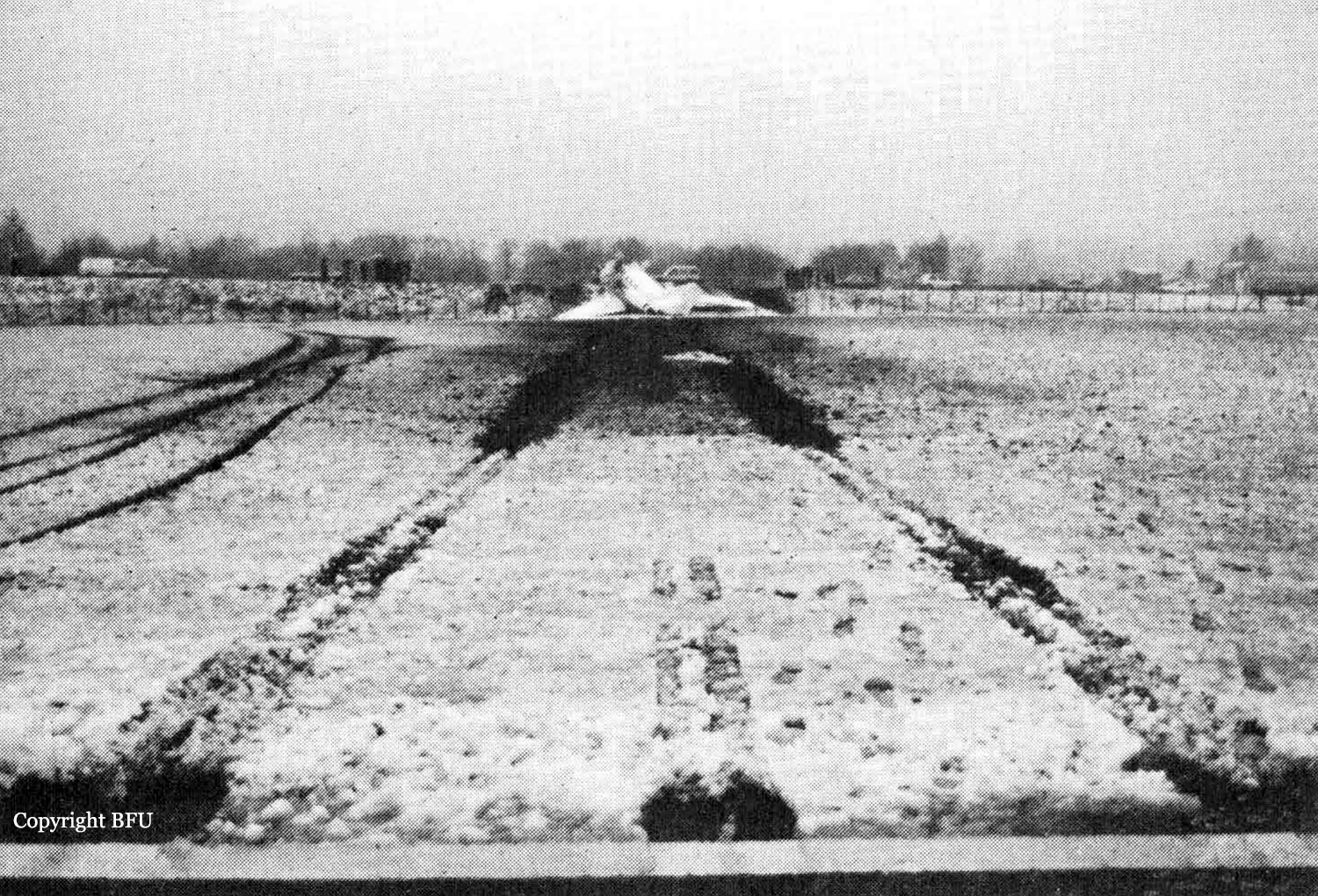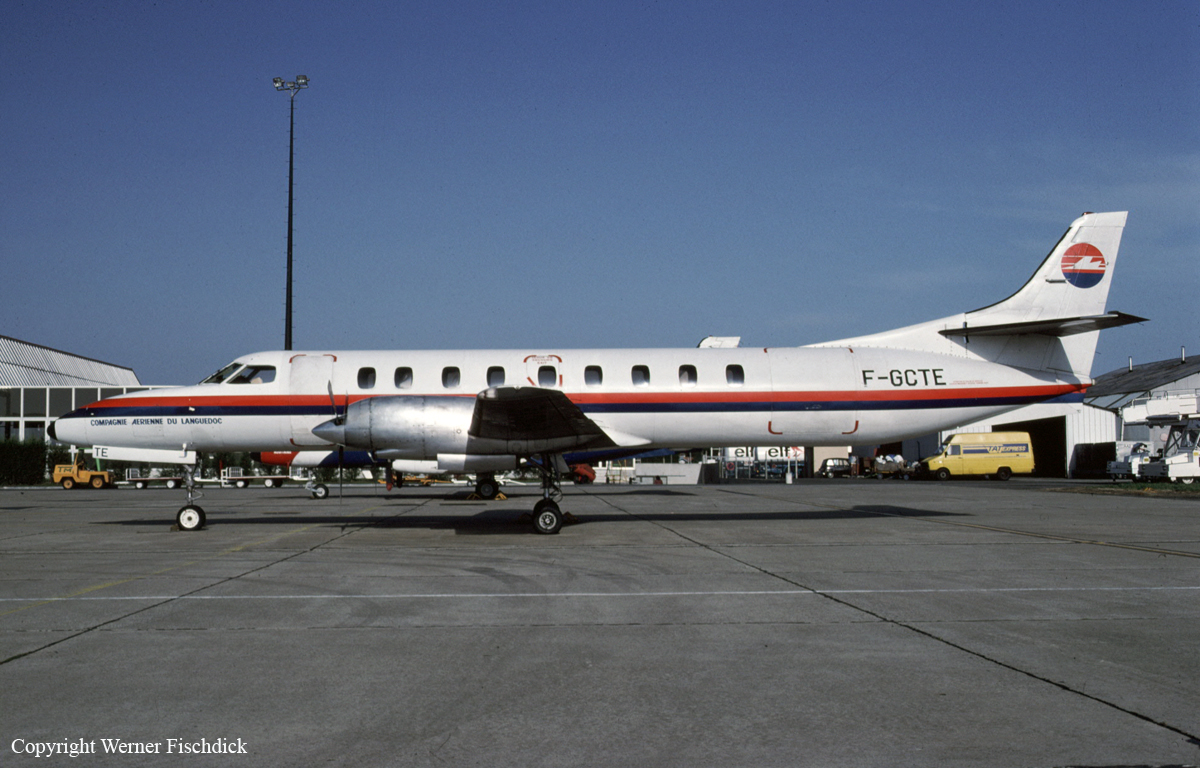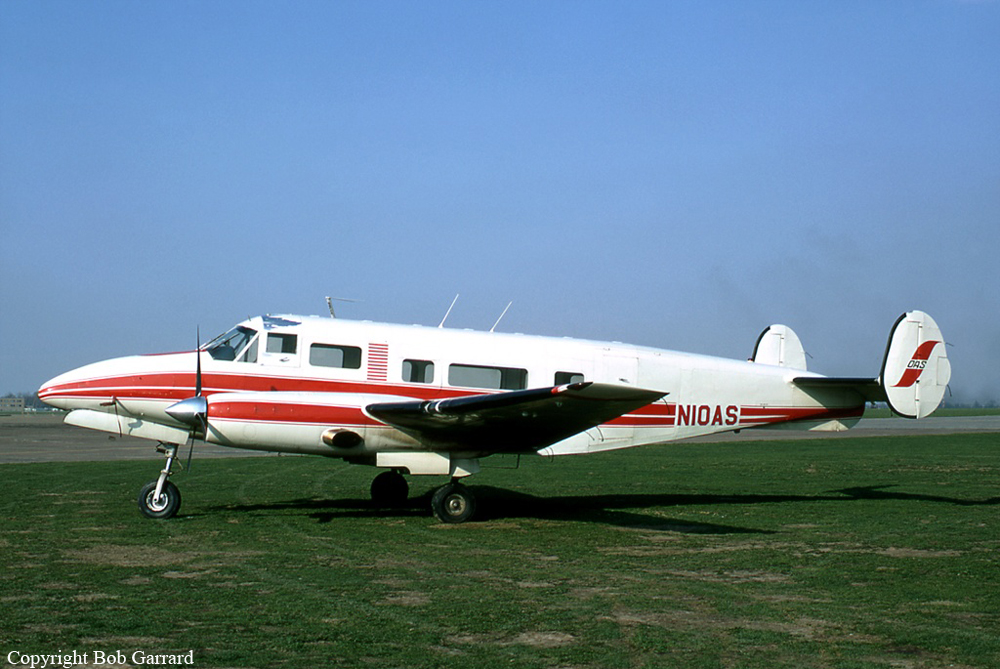Crash of a Piper PA-60 Aerostar (Ted Smith 600) in San Juan: 1 killed
Date & Time:
Jun 20, 1988 at 1252 LT
Registration:
N90360
Survivors:
No
Schedule:
San Juan - San Juan
MSN:
60-0212-093
YOM:
1975
Crew on board:
1
Crew fatalities:
Pax on board:
0
Pax fatalities:
Other fatalities:
Total fatalities:
1
Captain / Total hours on type:
11.00
Aircraft flight hours:
2958
Circumstances:
As the aircraft was taxiing for takeoff, witnesses noted the left rear baggage door was unlocked and hanging down. A warning was relayed to the pilot via the tower, but by then the aircraft was airborne and the pilot had reported a control problem. During lift-off, the aircraft pitched up sharply and entered an immediate right bank of about 45°. As the gear retracted, the bank angle decreased to about 20°. The aircraft was reported to yaw slightly from side to side and circle to the right while climbing to about 1,000 feet. A witness (in radio contact) asked the pilot about the problem; the pilot replied the controls (ctls) were locked to one side. On advice of others, the pilot tried to control the aircraft with engine power adjustments, but the aircraft lost altitude to about 200 feet agl. Subsequently, while maneuvering, it struck a tree, then hit a utility pole and crashed. During impact the lower fuselage, which housed the flight control linkages, was badly damaged. No preimpact mechanical problem was verified concerning the flight controls, autopilot or trim. A pilot, who had previously flown the aircraft with the baggage door open, said he experienced no adverse control problems. The pilot, sole on board, was killed.
Probable cause:
Occurrence #1: airframe/component/system failure/malfunction
Phase of operation: takeoff - initial climb
Findings
1. (f) aircraft preflight - improper - pilot in command
2. (f) door - open
3. (c) flight control system - undetermined
----------
Occurrence #2: loss of control - in flight
Phase of operation: maneuvering
----------
Occurrence #3: in flight collision with object
Phase of operation: maneuvering
Findings
4. (f) object - tree(s)
5. (f) object - utility pole
----------
Occurrence #4: in flight collision with terrain/water
Phase of operation: descent - uncontrolled
Phase of operation: takeoff - initial climb
Findings
1. (f) aircraft preflight - improper - pilot in command
2. (f) door - open
3. (c) flight control system - undetermined
----------
Occurrence #2: loss of control - in flight
Phase of operation: maneuvering
----------
Occurrence #3: in flight collision with object
Phase of operation: maneuvering
Findings
4. (f) object - tree(s)
5. (f) object - utility pole
----------
Occurrence #4: in flight collision with terrain/water
Phase of operation: descent - uncontrolled
Final Report:


